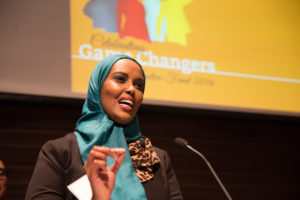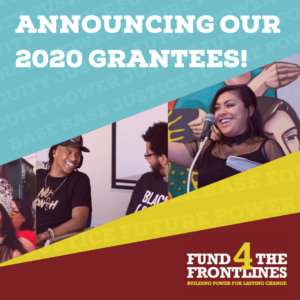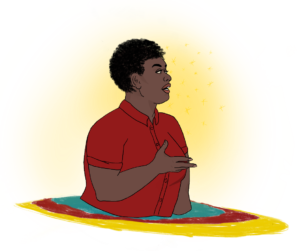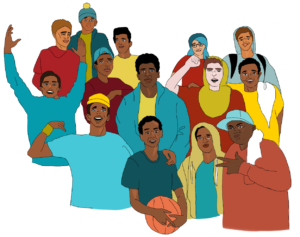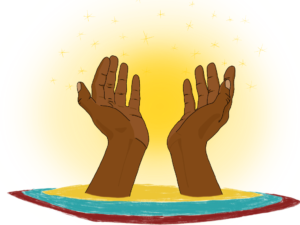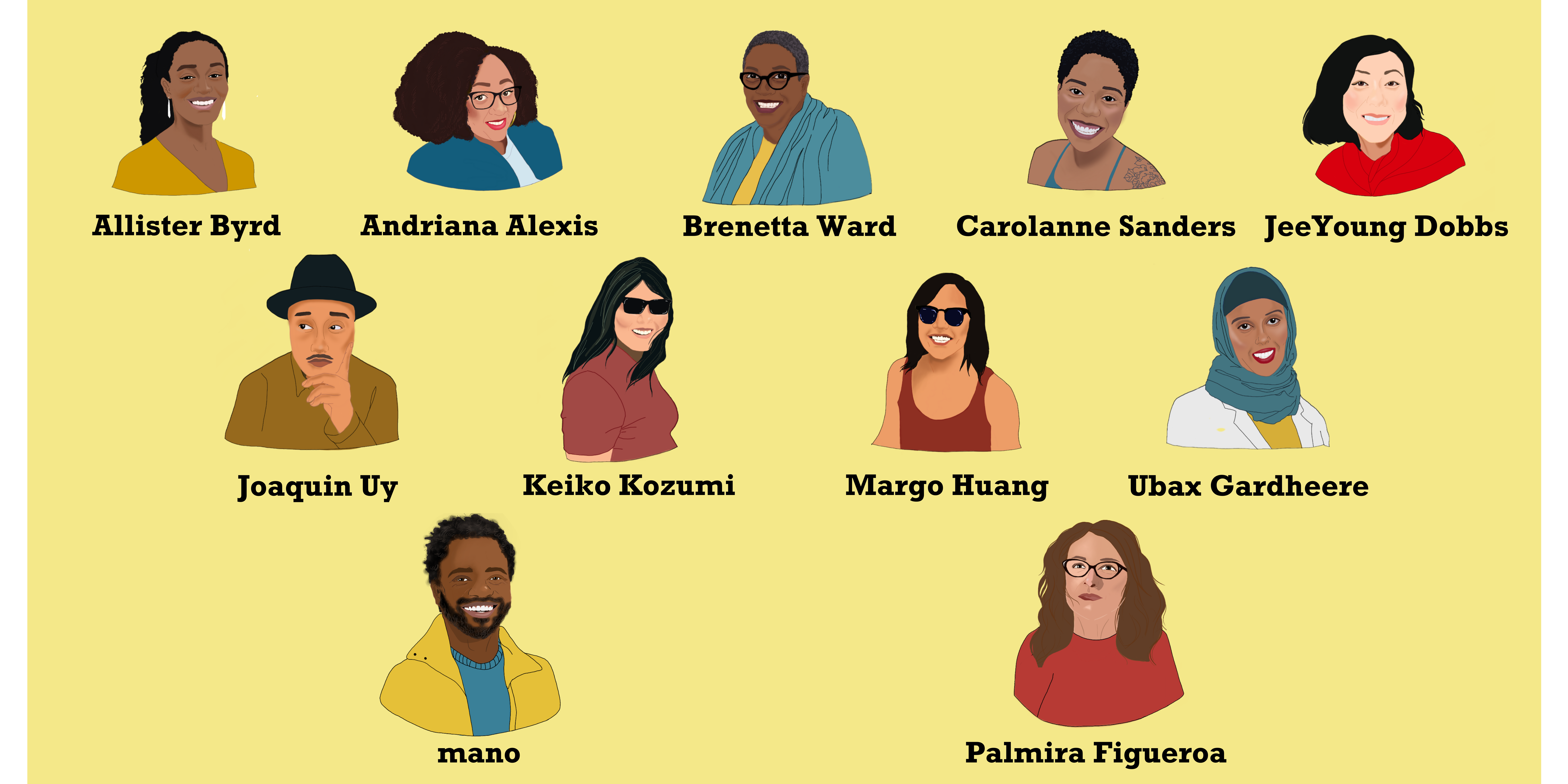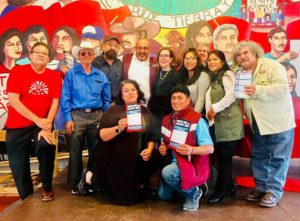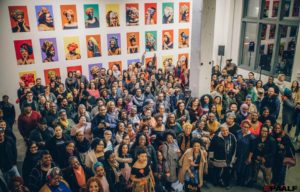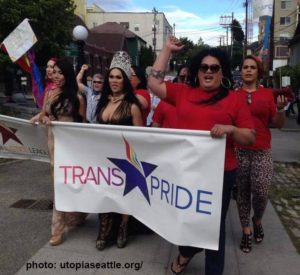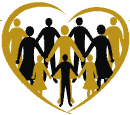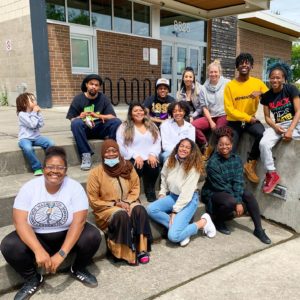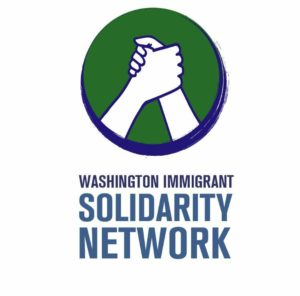About
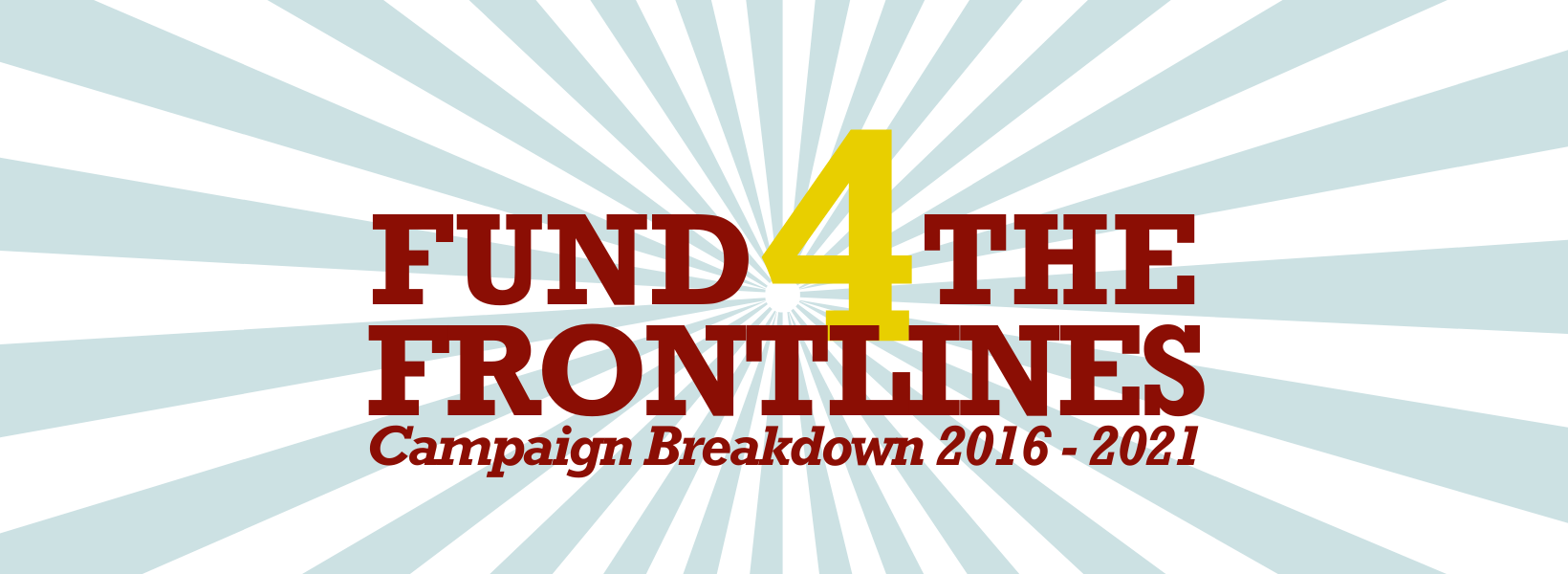
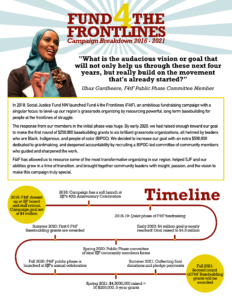
“What is the audacious vision or goal that will not only help us through these next four years, but really build on the movement that’s already started?”
Ubax Gardheere, F4tF Public Phase Committee Member
Campaign Origins
In 2018, Social Justice Fund NW launched Fund 4 the Frontlines (F4tF), an ambitious fundraising campaign with a singular focus: to level-up our region’s grassroots organizing by resourcing powerful, long term base building for people at the frontlines of struggle.
The response from our members in the initial phase was huge. By early 2020, we had raised enough toward our goal to make the first round of $250,000 base building grants to six brilliant grassroots organizations, all helmed by leaders who are Black, Indigenous, and people of color (BIPOC). We decided to increase our goal with an extra $500,000 dedicated to grantmaking, and deepened accountability by recruiting a BIPOC-led committee of community members who guided and sharpened the work.
F4tF has allowed us to resource some of the most transformative organizing in our region, helped SJF and our abilities grow in a time of transition, and brought together community leaders with insight, passion, and the vision to make this campaign truly special.
Campaign Timeline
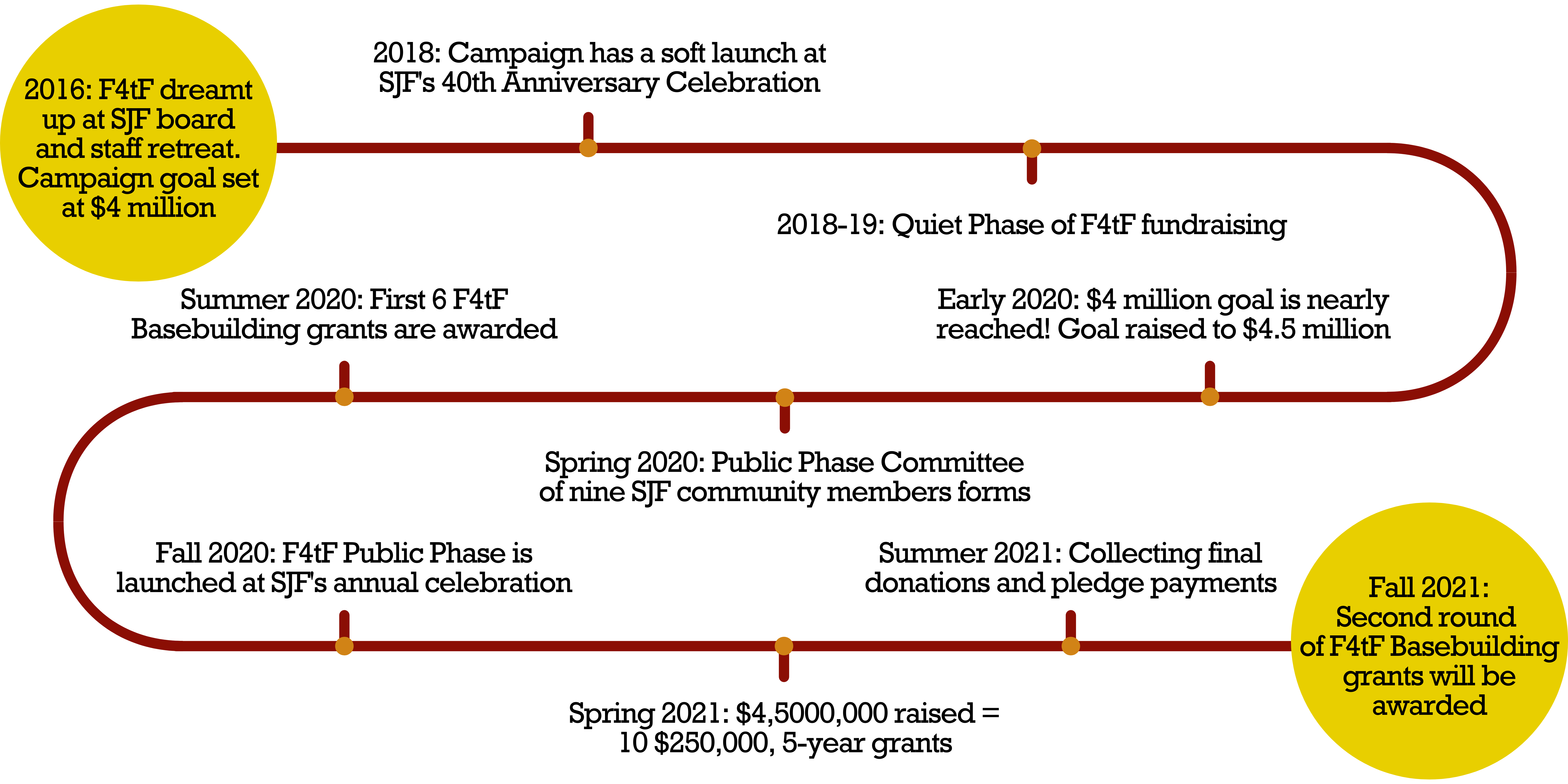
Image description: Image depicting the campaign timeline. Brief descriptions of significant events in the timeline are displayed in order on a snaking red line. In order: 2016: F4tF dreamt up at SJF board and staff retreat. Campaign goal set at $4 million; 2018: Campaign has a soft launch at SJF’s 40th Anniversary Celebration; 2018-19: Quiet Phase of F4tF fundraising; Early 2020: $4 million goal is nearly reached! Goal raised to $4.5 million; Spring 2020: Public Phase Committee of nine SJF community members forms; Summer 2020: First 6 F4tF Base building grants are awarded; Fall 2020: F4tF Public Phase is launched at SJF’s annual celebration; Spring 2021: $4,500,000 raise = 10 $250,000, 5-year grants; Summer 2021: Collecting final donations and pledge payments; Fall 2021: Second round of F4tF Base building grants will be awarded
Final Donor Pyramid
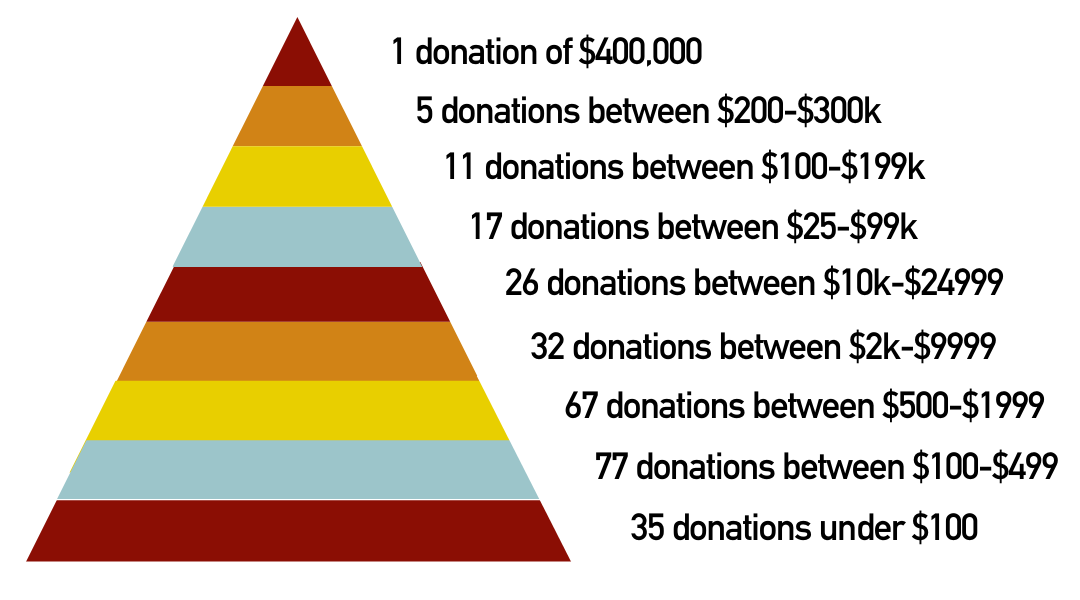
Image description: A picture depicting the final donor pyramid. 9 repeating red, orange, yellow, and blue stripes form a pyramid. Aligned next to each stripe is a giving level and number of donors, descending from large to small donations. In order: 1 donation of $400,000; 5 donations between $200-300,000; 11 donations between $100-199,000; 17 donations between $25-99,000; 26 donations between $10-24,999; 32 donations between $2-9999; 67 donations between $500-1999; 77 donations between $100-499; 77 donations between $100-499; 35 donations under $100

